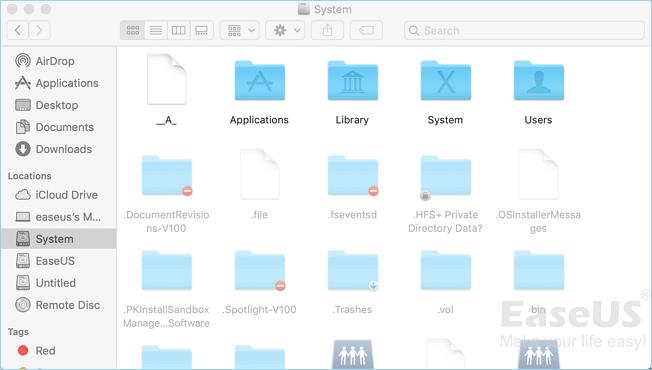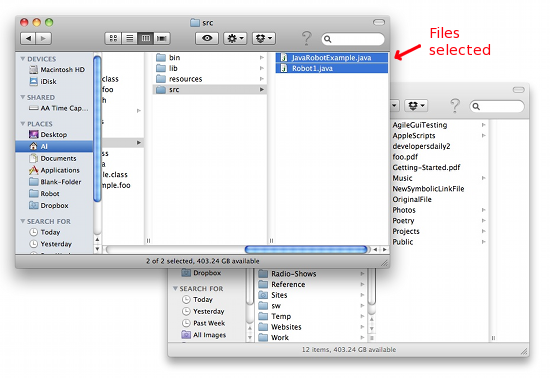

Have questions that aren't addressed here? Please visit our Support Center for iExplorer FAQs.įeel free to contact us if your problem persists. Choose Put Back to restore deleted files on Mac to its original location. to remove unwanted directories including.Trashes: rm -r. whateveryourfilenameis.jpg to remove all. to remove just one file from the directory: rm -rf. Click the lock in the bottom-right corner.
#How to view all files on mac mac os x#
files: using Terminal: ls -a will list all files, including the one starting with. This was tested on Mac OS X 10.10 and 10.11 (see below) Right-click on the folder you want to see (In Finder) Click Get Info in the drop-down list that occurs. Right-click on the selected file or folder. After much searching, I found a way to use my mac to remove the. Locate the lost or deleted files that you wish to restore. You can even browse your backed up Apps data as well as other iOS data in the Backup Explorer section. Files found in the Trash Bin are easily recovered by using the following procedure: Open the Trash Bin by clicking on its icon. Once you choose to make a backup or use the last backup, you can navigate between backup data by clicking on one in the left panel. On the Device Overview screen, click on Backups under the Files tab or click on the specific backup datatype such as Messages, Notes, Contacts, Calendars, Safari, Voicemail, and Call History under the Data tab. To open or work with an App directory, double-click any App. This will open the main directory for your iOS applications.

Deselect the checkbox for 'Desktop & Documents' Folders -> Click Done -> Choose to keep a local copy. Click the Apple icon on the top left > System Preferences > iCloud. Recordings contains your Voice Memos, and DCIM contains your Camera Roll photos.įrom the Device Overview screen, click on Apps under the Files tab. Actually, if you find files on desktop and documents disappeared on Mac, it is the same solution. You'll also see iTunes_Control which is your iTunes media files.

You'll see Books, which is your iBooks data. To open and work with a subdirectory, double-click any directory. Within it, you'll see several subdirectories which organizes information more specifically. This will open the main directory of your Media folder. On the Device Overview screen, click on Media Folder under the Files tab.


 0 kommentar(er)
0 kommentar(er)
